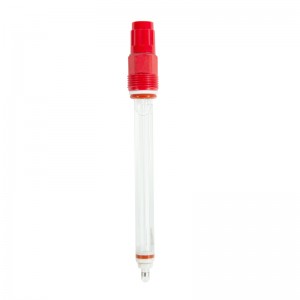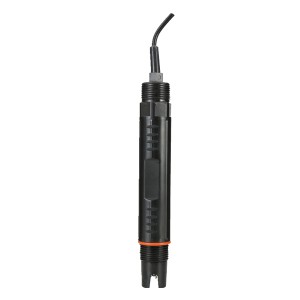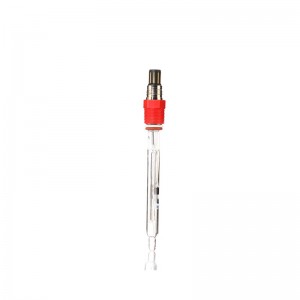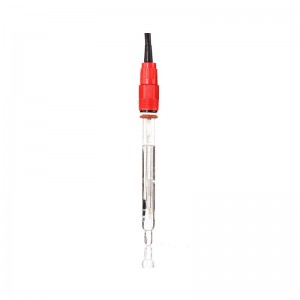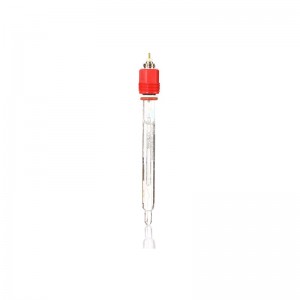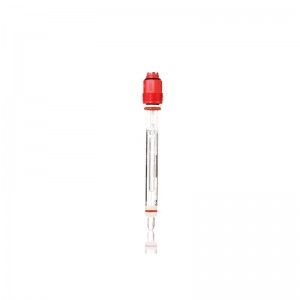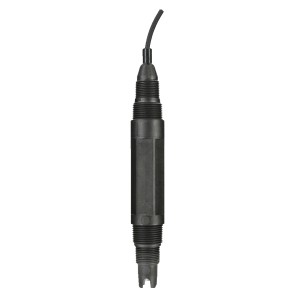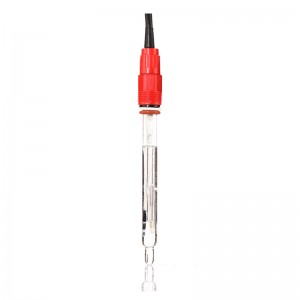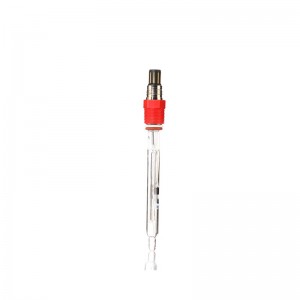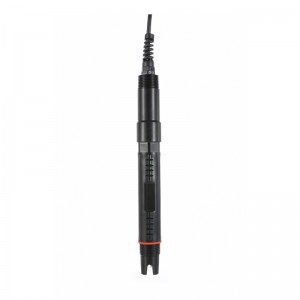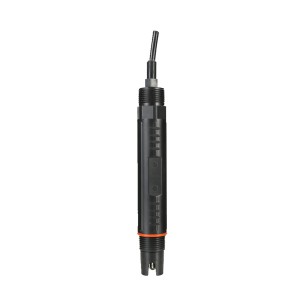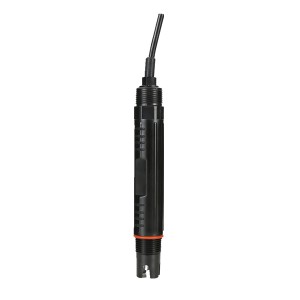Introduction
Oxidation Reduction Potential (ORP or Redox Potential) measures an aqueous system’s capacity to either release or accept electrons from chemical reactions. When a system tends to accept electrons, it is an oxidizing system. When it tends to release electrons, it is a reducing system. A system’s reduction potential may change upon introduction of a new species or when the concentration of an existing species changes.
ORP values are used much like pH values to determine water quality. Just as pH values indicate a system’s relative state for receiving or donating hydrogen ions, ORP values characterize a system’s relative state for gaining or losing electrons. ORP values are affected by all oxidizing and reducing agents, not just acids and bases that influence pH measurement.
Features
● It adopts gel or solid electrolyte, resisting pressure and helping reduce resistance; low resistance sensitive membrane.
● Waterproof connector can be used for pure water testing.
●There is no need for additional dielectric and there is a little amount of maintenance.
● It adopts BNC connector, which can be replaced by any electrode from abroad.
It can be used in conjunction with 361 L stainless steel sheath or PPS sheath.
Technical Indexes
| Measuring range | ±2000mV |
| Temperature range | 0-60℃ |
| Compressive strength | 0.4MPa |
| Material | Glass |
| Socket | S8 and PG13.5 thread |
| Size | 12*120mm |
| Application | It is used for the oxidation reduction potential detection in medicine, chlor-alkali chemical, dyes, pulp &paper-making, intermediates, chemical fertilizer, starch, environment protection and electroplating industries. |
How is it used?
From a water treatment perspective, ORP measurements are often used to control disinfection with chlorine
or chlorine dioxide in cooling towers, swimming pools, potable water supplies, and other water treatment
applications. For example, studies have shown that the life span of bacteria in water is strongly dependent
on the ORP value. In wastewater, ORP measurement is used frequently to control treatment processes that
employ biological treatment solutions for removing contaminants.


